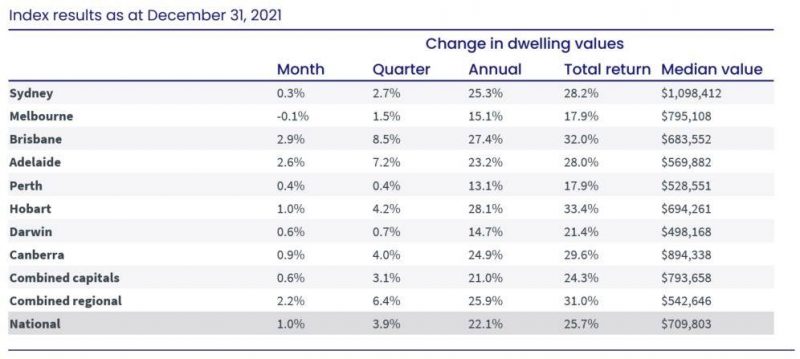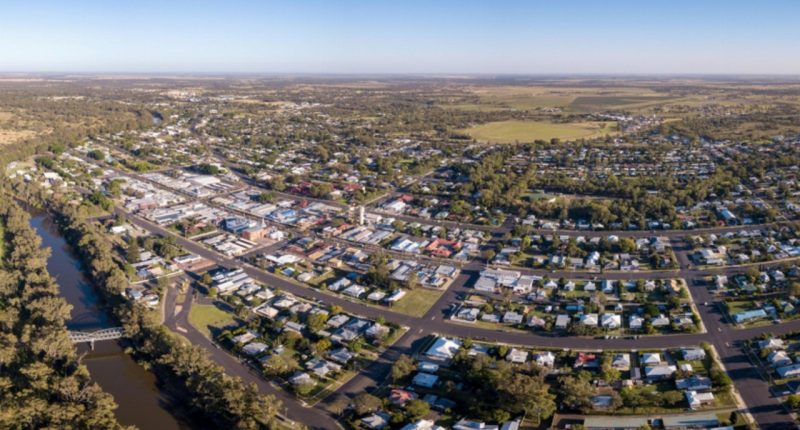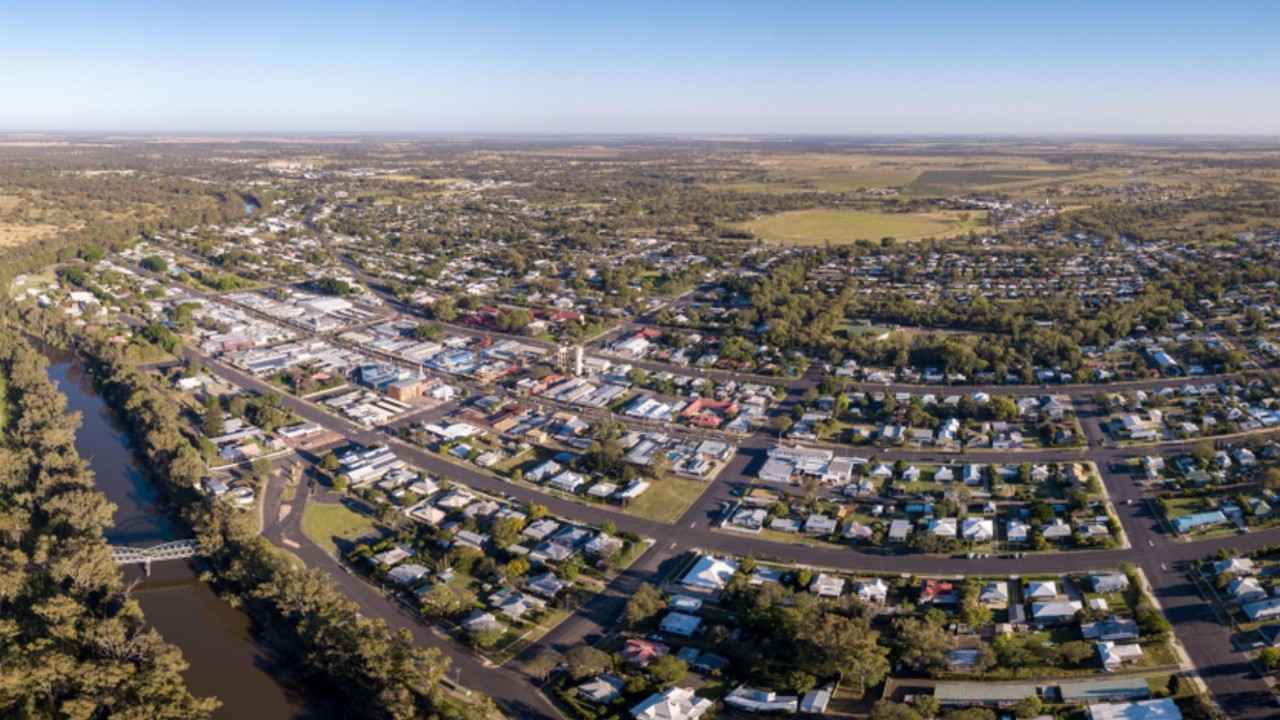- Australian house prices rose 1 per cent in December, according to CoreLogic, continuing the growth rate weakening pattern
- As house price growth slows, circumstances in Australia’s capital cities and regional locations become increasingly diversified
- The monthly change in the capitals varied from a 0.1 per cent drop in Melbourne house price to a 2.9 per cent increase in Brisbane dwelling values
- Regional Australian house prices have regained speed, with a 2.2 per cent monthly increase, the largest in nine months
Australian house prices rose 1 per cent in December, according to CoreLogic, continuing the growth rate weakening pattern that has been visible since the national index reached a cyclical high of 2.8 per cent growth in March 2021.
As house price growth slows, circumstances in Australia’s capital cities and regional locations become increasingly diversified.
The monthly change in the capitals varied from a 0.1 per cent drop in Melbourne house price – the first month on month drop in Melbourne housing values since October 2020 – to a 2.9 per cent increase in Brisbane dwelling values.
Brisbane and Adelaide, as well as regional Queensland, are the only broad regions where there is no indication of value growth slowing, with the monthly rate of rising reaching a new cyclical high in December.
On the opposite end of the scale, momentum in the Melbourne and Sydney housing markets has slowed significantly, with both cities registering the lowest monthly reading since October 2020. Values in Perth, Darwin and Hobart grew 0.4 per cent, 0.6 per cent and 1 per cent respectively.

Regional Australian house prices have regained speed, with a 2.2 per cent monthly increase, the largest in nine months.
Regional Queensland was the apparent stand out among the remainder of state markets in December, with home prices increasing by 2.4 per cent; nevertheless, the best regional markets for the year have been in New South Wales (29.8 per cent) and Tasmania (29.5 per cent).
The most popular regional regions have seen property prices climb by more than 30% in the calendar year, with the Southern Highlands and Shoalhaven having the biggest yearly gain in home values at 37.7 per cent, followed by Queensland’s Sunshine Coast at 33.7 per cent.
After leading the upswing, the upper quartile of the housing market is now leading the downswing.
The highest quartile of home values increased by 2.6 per cent in the December quarter throughout the combined capitals, while the bottom quartile and wide middle of the market increased by 3.7 per cent.
“We have seen this trend in previous growth cycles, where more expensive housing markets have shown greater levels of volatility; housing values tend to rise more through the upswing but record a larger decline through the down phase of the cycle,” CoreLogic’s Research Director Tim Lawless said.








